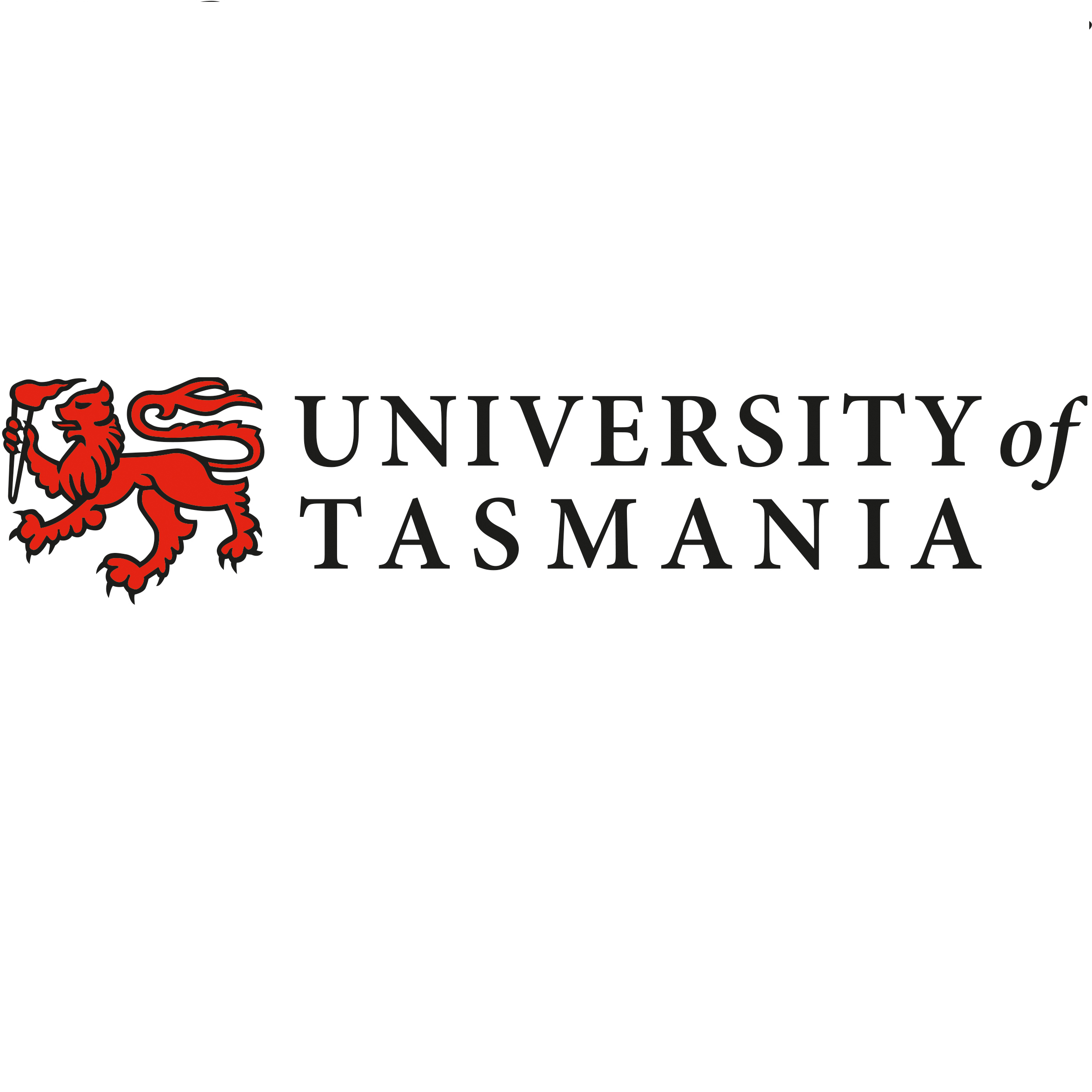Brief description
The Marine Futures Project was designed to benchmark the current status of key Western Australian marine ecosystems, based on an improved understanding of the relationship between marine habitats, biodiversity and our use of these values. Approximately 1,500 km2 of seafloor were mapped using hydroacoustics (Reson 8101 Multibeam), and expected benthic habitats "ground-truthed" using towed video transects and baited remote underwater video systems. Both sources of information were then combined in a spatial predictive modelling framework to produce fine-scale habitat maps showing the extent of substrate types, biotic formations, etc. Surveys took place across 9 study areas, including Broke Inlet, a relatively remote area 400km south of Perth, between the towns of Augusta and Albany. The nearest major town, Manjimup, is situated 100km north and the small coastal settlement Windy Harbour approximately 30km west of Broke Inlet. The Inlet is entirely surrounded by the D’Entrecasteaux National Park, which is accessible via a sealed road and attracts limited ‘through-traffic’ to the area. The marine environment off Broke is one fairly untouched by major tourism pressures and thus this location was selected due to its relative inaccessibility.Lineage
Maintenance and Update Frequency: notPlannedNotes
CreditNatural Heritage Trust
Created: 2016-05-21
Data time period: 2006-01-01 to 2008-12-31
text: westlimit=116.216181; southlimit=-35.146387; eastlimit=116.43878; northlimit=-34.953184
User Contributed Tags
Login to tag this record with meaningful keywords to make it easier to discover
(DATA ACCESS - Broke Inlet biota (bi_bio_g.shp) [direct download])
global : c2d5d9d4-7288-4137-a275-9f0662ac5ceb
- global : 17cbe426-6141-43f4-bf43-7f09a2756ae1


